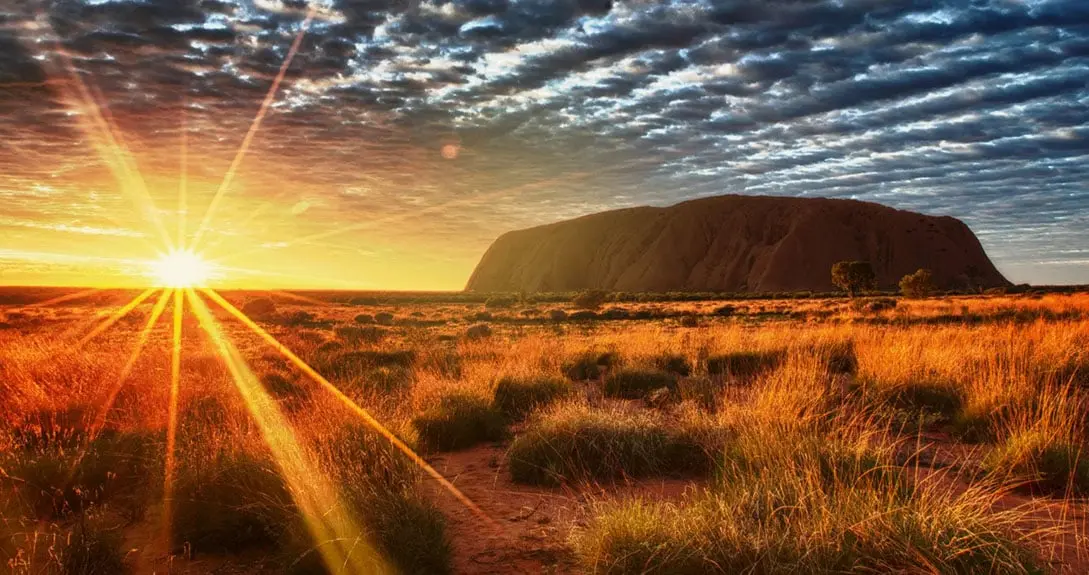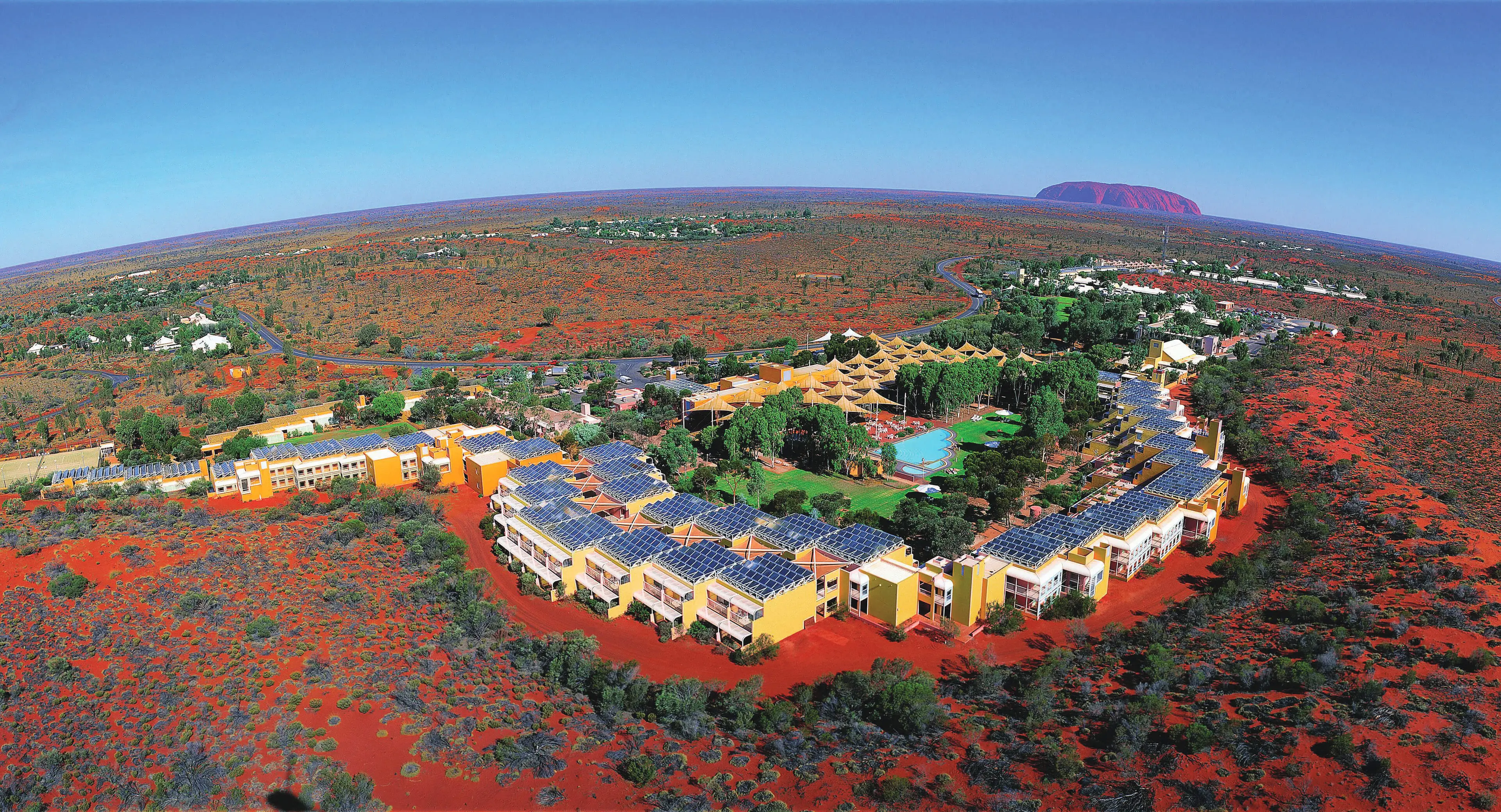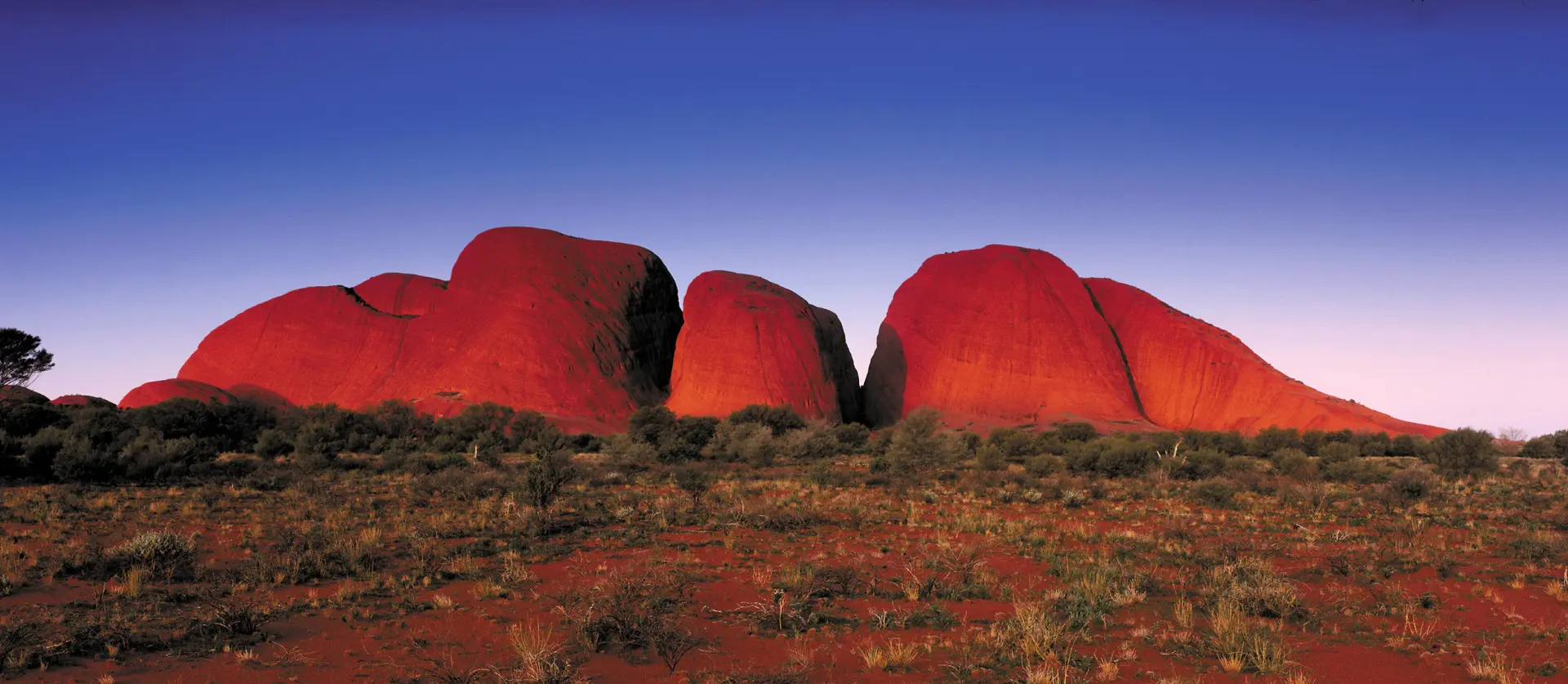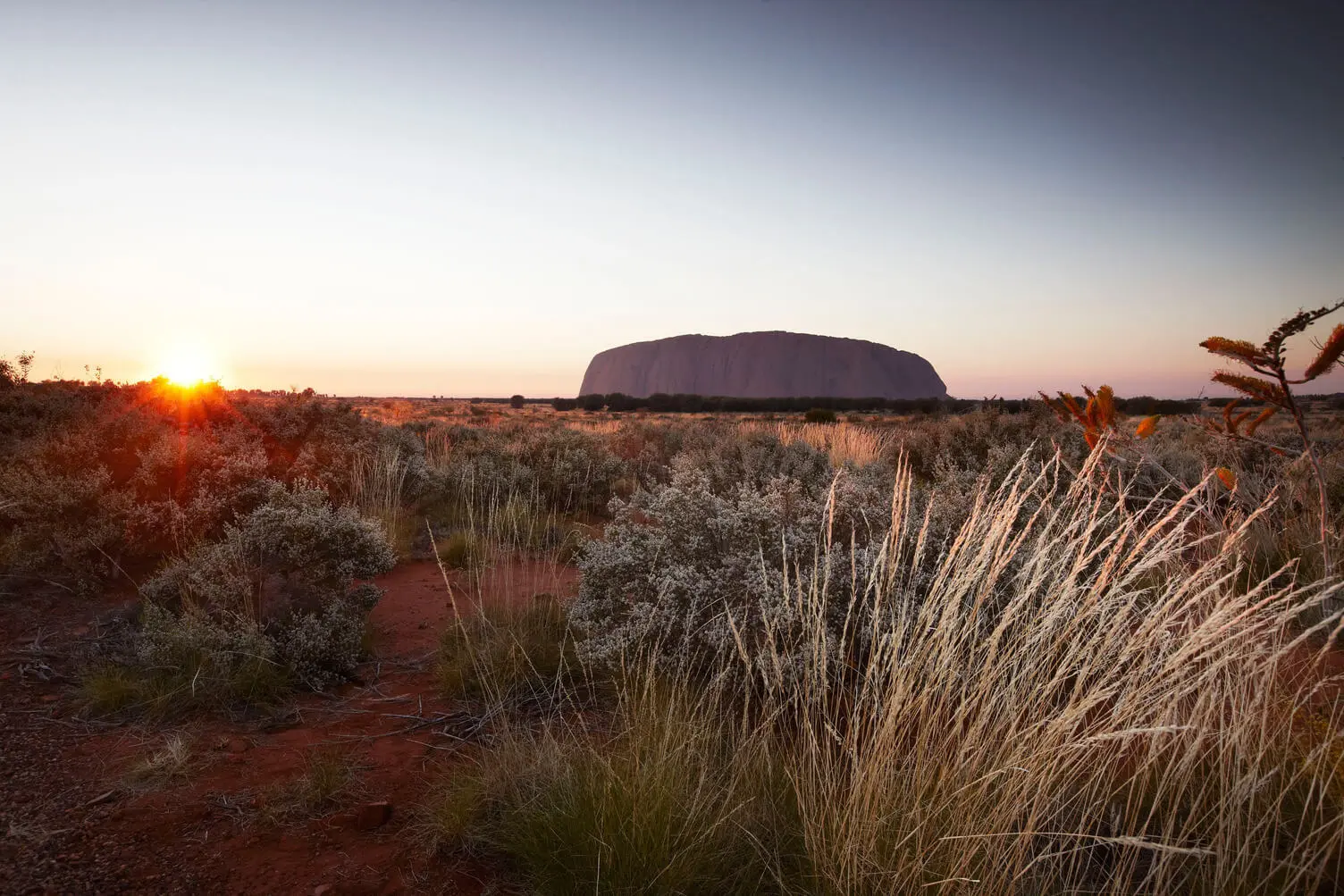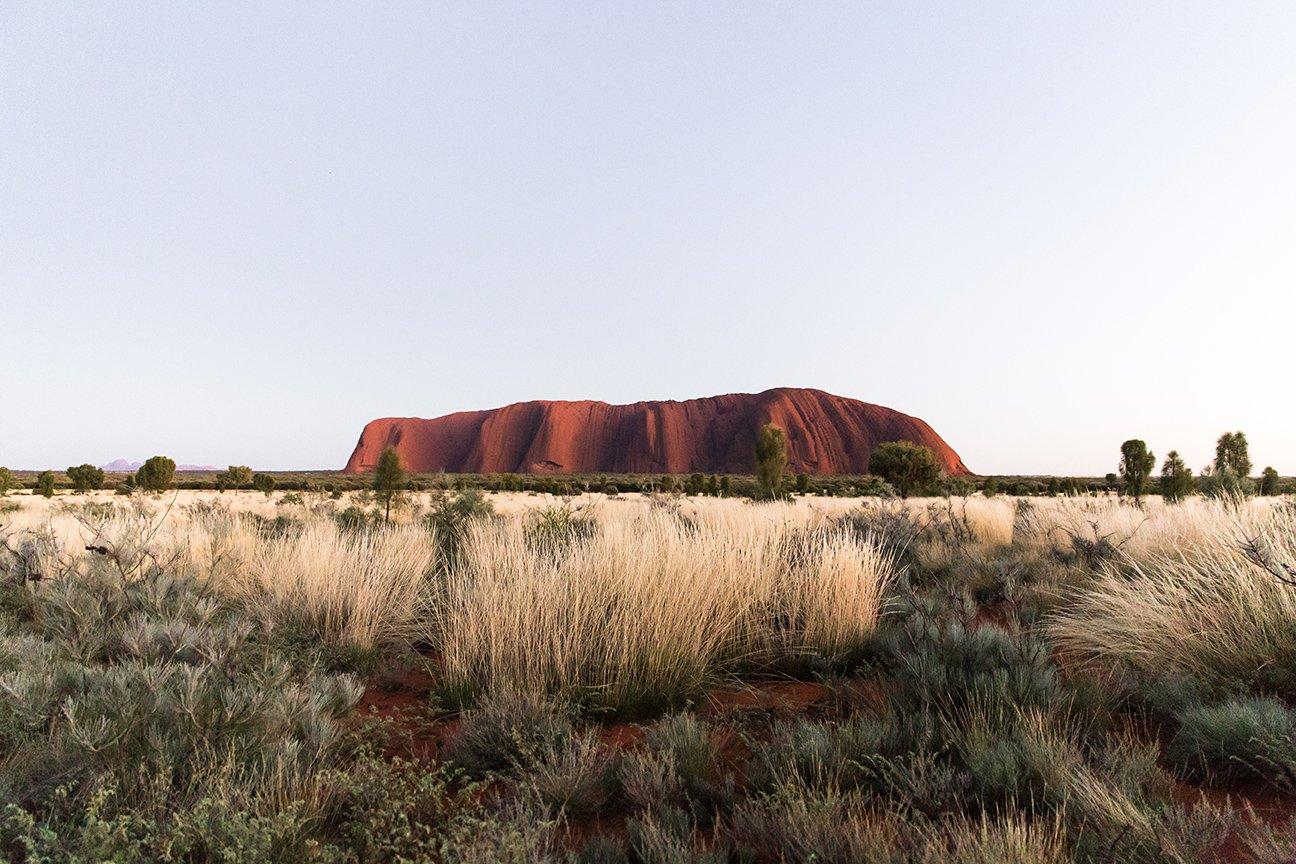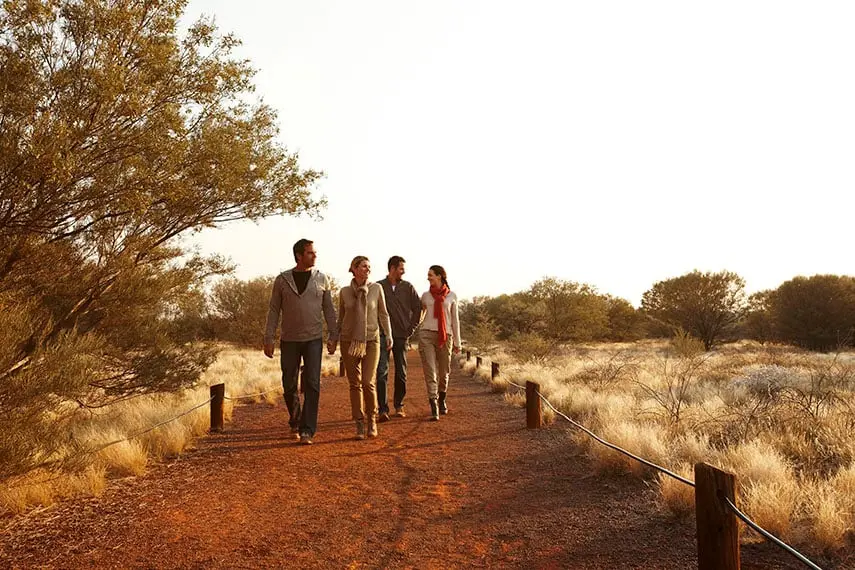5 Fascinating Critters to Find in Uluru Kata Tjuta National Park
Home to more than 21 native mammals, 178 species of birds and 73 different types of reptiles, Uluru - Kata Tjuta National Park delivered an impressive line up of wildlife for a seemingly harsh environment. Here's a spotlight on 5 interesting animals found in this unique ecosystem.
Remember, stay safe, stay on the marked paths and don't touch or feed any wildlife, big or small.
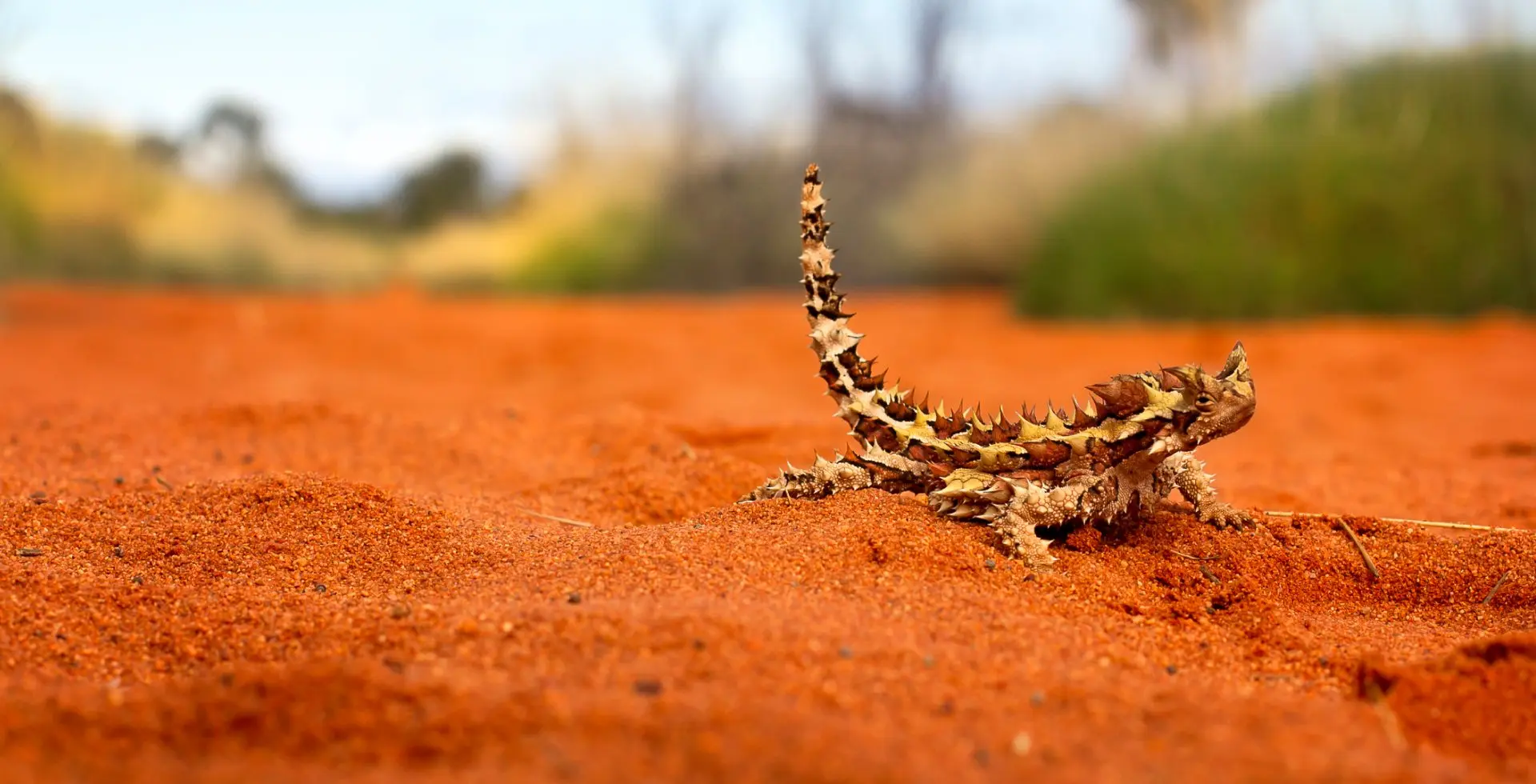
Not far from Ayers Rock Resort, you’ll find Uluru-Kata Tjuta National Park. At first glance, this breathtaking park may seem like a harsh environment, but look a little closer, and you’ll discover it’s home to 21 native mammals, 178 species of birds, and 73 different types of reptiles. It’s an impressive lineup of wildlife — some of which you won’t find anywhere else on earth. And today, we’re spotlighting five of these curious creatures and sharing them with you!
Before we begin, a reminder: When exploring Uluru-Kata Tjuta National Park, please stay safe. Stay on the marked paths at all times, and don’t touch or feed any wildlife, big or small.
Now, here are five of the most interesting animals you can find in this unique ecosystem!
Thorny Devil - Ngiyari
Surviving the extreme climate of the Red Centre is no easy feat, but the Thorny Devil (also known as a Ngiyari) makes it look easy! This lizard has a specialised system to ensure that it doesn’t go without precious water. The spikes on its body form narrow channels that, through capillary action, draw water directly to the lizard’s mouth. This means that it can collect any dewdrops left on spinifex grass after a cold night to quench its thirst.


But thorny devils don’t just drink water. In fact, their favourite snack is ants. And when we say favourite, we mean it. In the run of a day, a thorny devil can lap up and eat thousands of ants using its short, sticky tongue.
You’ll need a keen eye to see one of these creatures in the wild. Even though they’re active in the day time, thorny devils are quite tiny (less than 20 cm long) and have excellent camouflage. They can even change their colour according to the amount of sunlight in the area.
Rufous Hare-Wallaby - Mala
This small wallaby plays an important role in the cultural history of the area. The Mala people, our Indigenous ancestors, long ago travelled to Uluru to escape an evil dog-like creature, the kurpany. Their journey is a songline — a path taken by a creator-being and recorded in traditional songs, stories, dance or paintings.

At one time, this wallaby was a thriving macropod in the Northern Territory. Sadly, these sacred animals are extinct in the wild today, but thanks to a dedicated conservation program at Uluru-Kata Tjuta National Park, they continue to live on, with hopes of one day being reintroduced into the wild.
Blue-Tongue Lizard - Lungkata
What do you think this lizard is named after? We’ll give you one guess. Of course, its name comes from its signature blue tongue, which it often shows off! The lizard uses this blue surprise as a defence mechanism to ward off predators. In Uluru-Kata Tjuta National Park, there are two species of blue-tongue lizards that are most commonly seen — the western blue-tongue and the centralian blue-tongue. That said, there are actually six different species of blue-tongue lizards in total, all of which enjoy dining on plants and insects, as well as basking in the sun.


You can learn more about the blue-tongue lizard at the Red Desert Reptiles Show. The shows are run Monday through Saturday in the morning and afternoon. Fun and educational, these shows offer the opportunity to get up close and personal with a range of reptiles, while also learning a thing or two about what makes them so unique.
Splendid Fairy-Wren - Mirilyirilyi
Standing out from the crowd comes naturally to these ‘splendid’ birds. Much like the peacock, the male splendid fairy-wren is blessed with all the beautiful trimmings in breeding season. Either in stunning cobalt or violet blue, these birds live in groups, and are often spotted foraging for food at the base of Uluru in amongst the shrugs.


You’ll have an excellent opportunity to see the splendid fairy-wren when you join us on a Seit Uluru Trek — a 10km sunrise stroll around the majestic monolith.
Burhs-Tailed Mulgara - Murtja

A relative of the Tasmanian devil, the ginger-coloured brush-tailed mulgara is a marsupial endemic to central Australia. Small in stature, brush-tailed mulgaras are undoubtedly crafty. They survive thanks to an extensive burrowing system that allows them to hide from predators and the heat of the day (though they have been known to occasionally pop out to sunbathe). However, don’t be deceived by their size or, admittedly, adorable appearance. These marsupials are actually one of the top predators of the spinifex country! These night hunters love to feast on insects, spiders, lizards, mice, and even young snakes.
Amazing Animals Await in Australia’s Red Centre
With a fascinating and rich ecosystem, you’ll enjoy trying to spot wildlife of all shapes and sizes when you visit Uluru-Kata Tjuta National Park. And here at Ayers Rock Resort, we can make your Outback adventure easier than ever. Find comfortable accommodation and start planning your visit today!

